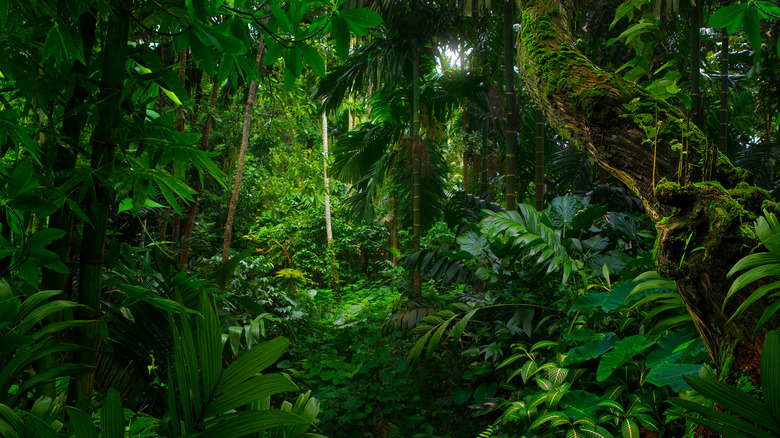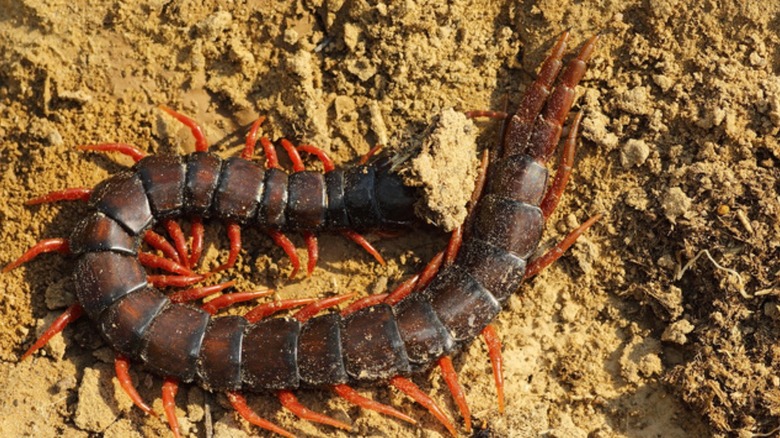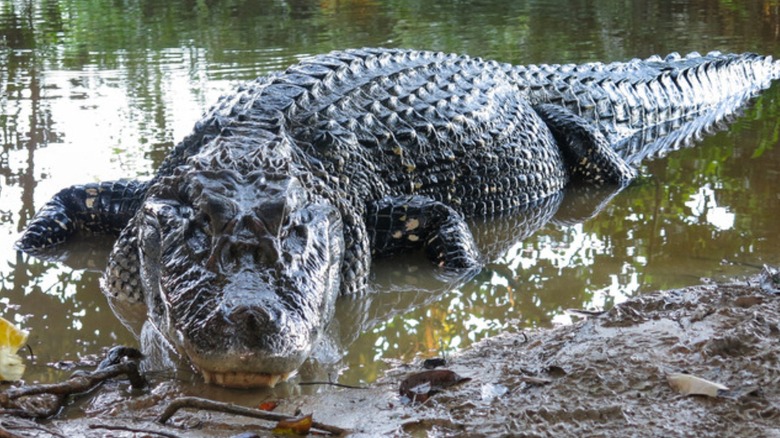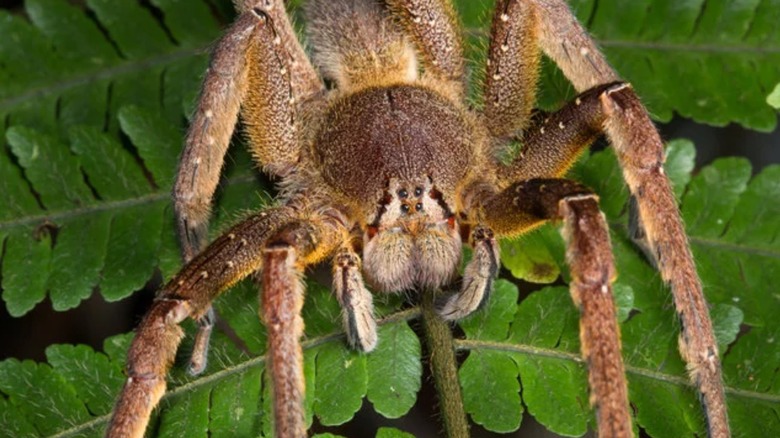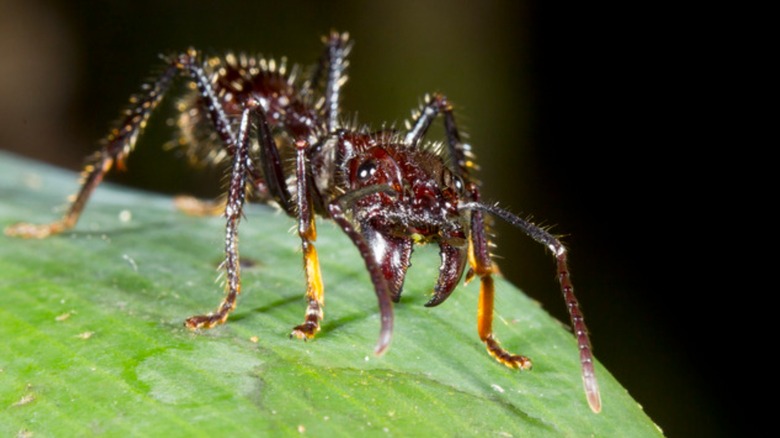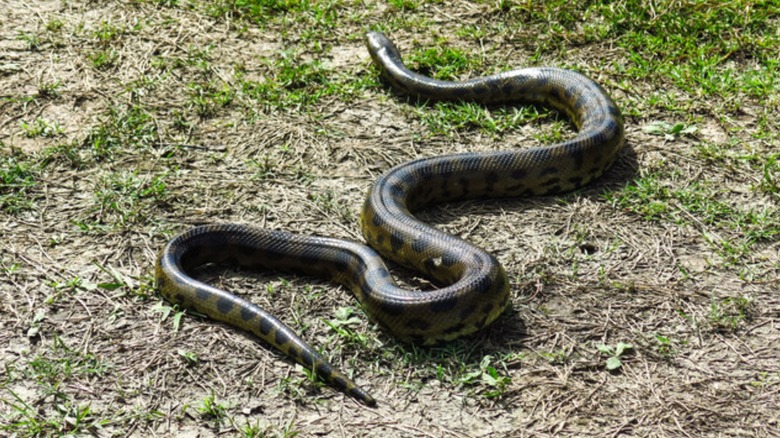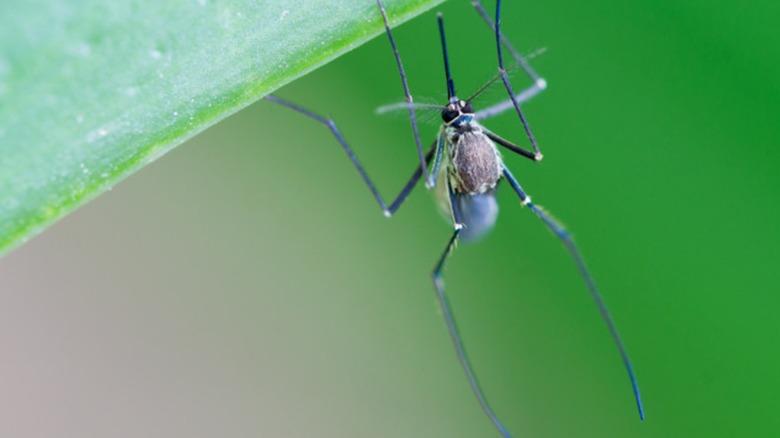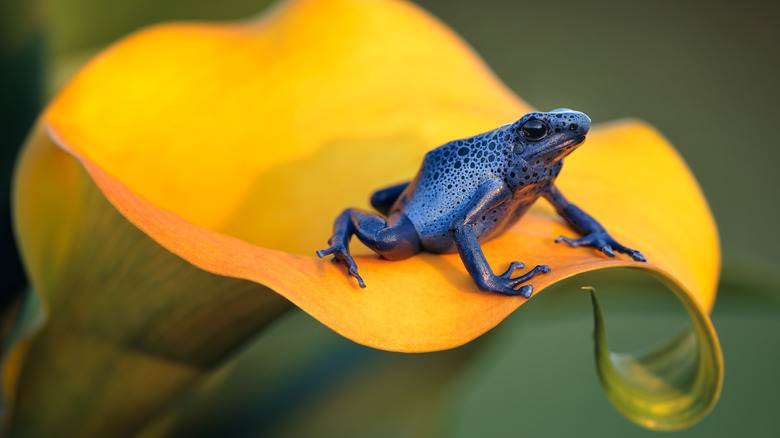The Most Dangerous Animals In The Amazon Rainforest
The Amazonian wildlife is one of the main reasons people visit the region, and as incredible as it is to view these animals up close, they also present serious threats.
Besides the variety of wildlife, there are tons of things you probably never knew about the Amazon Rainforest. For instance, did you know that it represents more than half of the world's remaining rainforests? Or that it comprises the largest and most biodiverse tract of tropical rainforest in the world?
The Amazon Rainforest is truly an incredible destination, and it should definitely be one for your bucket-list. It's a peaceful place that offers some of the most incredible views in the world, but it can also be dangerous. Before you plan your trip, you should take precaution and make sure to educate yourself on the wildlife lurking in the rainforest.
Amazonian Giant Centipede
These are extremely aggressive and venomous insects. They can grow to be up to 12 inches long and they feed on almost anything that they know they can kill. According to ipfactly.com, they have a unique bat-hunting technique; "they linger on the walls of caves to ambush a victim, then grasp the ceiling with their hind legs and lunge at their prey." Their venom is toxic to humans, too — severe pain, fatigue, chills, and swelling are common symptoms.
Black Caiman
The largest species of the Alligatoridae family can be found in the flooded savannas of the Amazon basin. The Black Caiman is the largest predator in the Amazon ecosystem. It eats turtles, fish, birds, and some land-dwelling animals.
Brazilian Wandering Spider
The Brazilian Wandering Spider is also known as the banana spider. It is one of the most aggressive and venomous spiders known to humans. There are eight species, all of which may be found in the Amazon Rainforest. Their venom is extremely poisonous; if bitten, one may suffer from intense pain, and if not treated, trouble breathing and paralysis is common.
Bull Shark
Bull sharks are common in both salt water and fresh water, and they may just be the most dangerous of the entire species. They are the most frequent species to attack humans, and they like to live in populated areas. But other than humans, bull sharks feed on other sharks and bony fish.
Bullet Ant
The Bullet Ant is part of National Geographic's "Deadly 60." Although not actually deadly, the sting from this creature is said to be the most painful in the world. "The bullet ant is the largest ant species in the world and has a highly toxic sting that can incapacitate animals the size of fully grown men," National Geographic explains.
Electric Eel
Stay far away from this dangerous creature. Just a few shocks from an electric eel can cause heart and respiratory failure among humans. There have been many cases where individuals were shocked and drowned.
Green Anaconda
This is the largest snake on the planet, and it resides in the spectacular Amazon Rainforest. It likes to roam around in shallow water because that makes it easier to sneak up on their prey. Instead of killing its prey with poisonous venom, it uses its outstanding muscular power to constrict and suffocate its food.
Jaguar
Jaguars are the largest carnivorous mammals in South and Central America. They have a stocky and short limb structure, which makes them great swimmers and climbers. They attack their prey unexpectedly, usually from their targets' blind spot.
Mosquitos
Although they won't kill you with just one bite, they carry diseases that cause harm to people worldwide. Malaria, for instance, is one of the deadliest diseases on the planet that is carried by a mosquito. Other diseases they carry include Yellow Fever, West Nile Virus, dengue, and Zika.
Pit Vipers
These deadly snakes have adapted to survive in a wide variety of habitats, one of which includes the Amazon Rainforest. They are one of the most venomous snake species in the world. A bite from this snake may cause trouble breathing, changes in heart rate, severe pain, and bruising of the skin.
Poison Dart Frog
These frogs wear some of the most beautiful colors, but don't let that fool you! They are one of the most dangerous predators in the world. They release toxins from their skin that are lethal to their predators. According to National Geographic, the golden poison dart frog contains enough venom to kill 10 grown men.
South American Rattlesnake
The Amazon is home to a variety of snake species, but one of the most dangerous is the South American Rattlesnake. They live in the savannah regions of the Amazon. If provoked, these snakes will attack. Their bite has been said to cause impaired vision, paralysis of peripheral muscles, and tenderness throughout the body.
